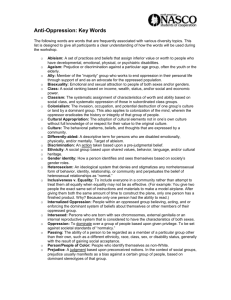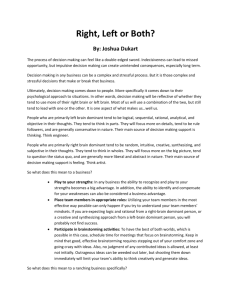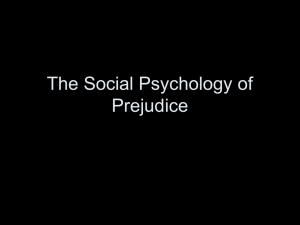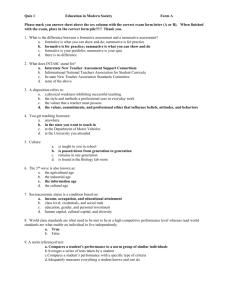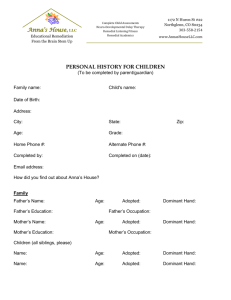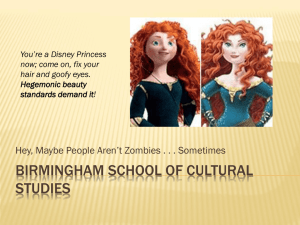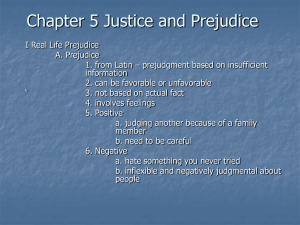Ch.5 ppt.
advertisement
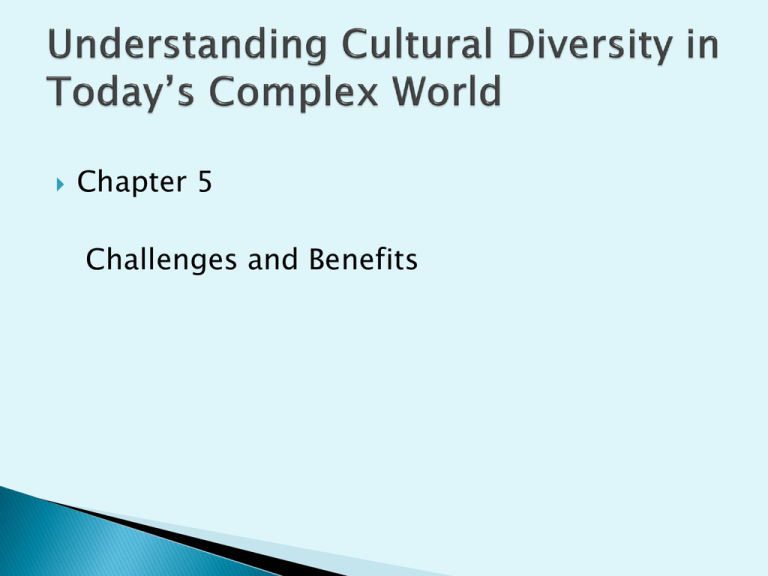
Chapter 5 Challenges and Benefits Challenges include Gender Age Ideology Nationality Sexual orientation Discrimination is when an action is based on a prejudice against an individual or group because of race, class, gender, age and disabilities etc. Examples of discrimination and prejudice include: Dominant white against black Dominant males against females Dominant rich against poor Dominant old against young ( and vice versa) Many of the challenges presented by cultural diversity stem from ‘isms’ : Racism Sexism Ageism Ableism Classism These ‘isms’ can lead to prejudice and biased behaviour. Racism occurs when a member or members of a dominant group discriminate against others based on the belief that there are basic differences in people’s behaviour and abilities entirely due to their ‘race’. Classism means that different values are placed on people based not on personality but on their social and economic ‘value’. Sexism means that men and women are treated according to their gender rather than individual characteristics. This can lead to prejudice and bias against the less dominant group. Ageism refers to individuals being discriminated against because of their age rather than their ability. Ableism relates to discrimination against people with a disability that has a negative effect on their everyday activities in work or social life. The most recognised benefits of cultural diversity are : Creativity Innovation Cooperation Synergy Creativity Working and interacting with other cultures can help our creativity by absorbing input resulting from different backgrounds, experiences, and ideas. Innovation When people from different cultures work together a collection of ideas and innovations are readily available. Cooperation Once our differences are acknowledged and respected the opportunities for connecting and cooperating become easier. Positive attitudes result in similarities becoming more important than differences. Synergy Synergy is the extra energy and effectiveness when people and organisations create a spirit of understanding and openness. This leads to the opportunity to cooperate and combine their efforts. These benefits develop when people from different cultural backgrounds work or live together.
